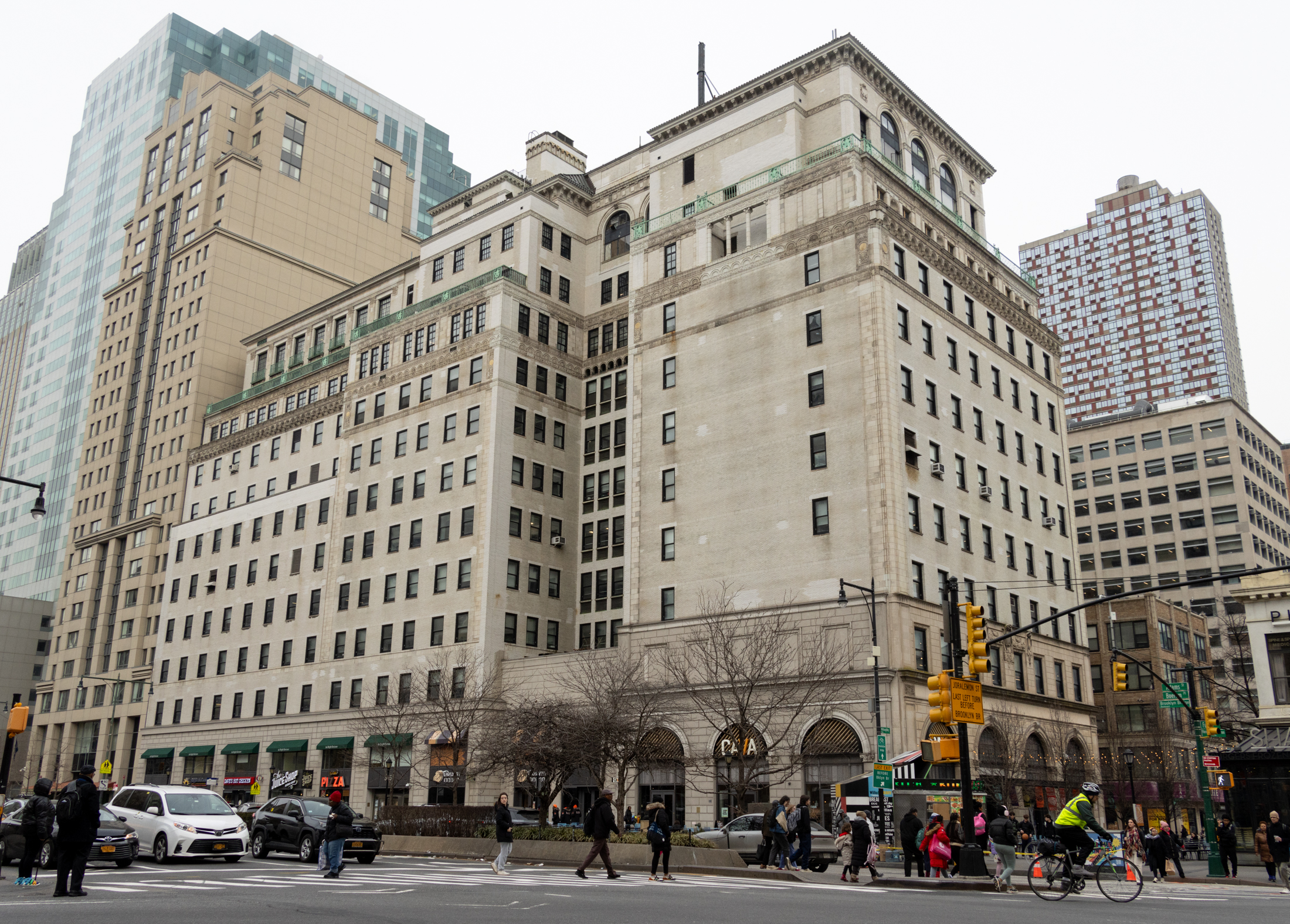Teardown Application In Front of LPC
One of the cases before the Landmarks Preservation Commission on Tuesday night was 173 St. James Place in Clinton Hill. Since being damaged by a fire (anyone know when?), it’s been sitting vacant. The owner has applied to demolish the existing 2-story 1850 house (not sure if that includes the garage) and replace it with…
One of the cases before the Landmarks Preservation Commission on Tuesday night was 173 St. James Place in Clinton Hill. Since being damaged by a fire (anyone know when?), it’s been sitting vacant. The owner has applied to demolish the existing 2-story 1850 house (not sure if that includes the garage) and replace it with a large 4-story building. It would be interesting to see the plans for the new structure. Does anyone know how the LPC ruled on this? Is this really not salvageable or is this just about the money to be made off a larger building? GMAP









I know that this thread has probably petered out, but to answer Brownstoner’s question, “Does anyone know how the LPC ruled on this,” LPC voted 9-0-0 to take no action.
If Shahn’s place on Cambridge has to be renovated in compliance with LDC regs, why wouldn’t this building be treated the same way? As a previous commenter noted, it’s not LDC’s job to judge who’s naughty and nice; it’s their job to make sure landmark districts are preserved as such. Otherwise, every unscrupulous homeowner with a desire to cash in would hire a crackhead to smoke on their porch and call a developer before the ashes were cool.
1:06, I agree with you that that is the point of landmarking, however, the real question is what happens when your insurance does not cover the cost of replacement (due to rapid increases in home value or a policy that is simply inadequate) or if your policy pays only actual cash value (meaning that depreciation is taken into account)?
I don’t know the answers to any of these questions, and frankly I’m just speculating that’s the reason for the new structure versus the old.
But as someone who thinks preservation of historical structures is important, I would like to believe that the LDC would work to make sure that the only option here is not for the owner to sell his home because he can’t afford to meet landmark requirements.
12:14 – I think that both should be treated the same, exactly because it shouldn’t be LPC’s role to judge who is naughty and who is nice. But that doesn’t mean both should be allowed to replace their buildings with anything.
1:06 – The point of landmarking is to preserve context, not to keep everything the same. If this building is damaged beyond repair, it should be replaced with something that is appropriate to the context of the district. That might mean a two-story building, or it might mean a four-story building. It might mean a modern building or it might mean a faux historic building.
bon apetit, don’t over eat.
The point of landmarking is too keep buildings THE SAME.
Whether the fire was accidental or intentional, doesn’t matter. If it’s landmarked, it has to be replaced to look EXACTLY as it did before the fire.
SAVE ADMIRAL’S ROW!!!!!
12:14 PM, does the LPC and/or other historical preservation societies provide grants and subsidies to homeowners in this sort of predicament? If that’s the case can you really argue that an innocent person will lose his/her house because it makes no financial sense to restore it to its state circa 1850.
There are a lot of wood frame buildings (or partially framed) beneath all the fake siding.